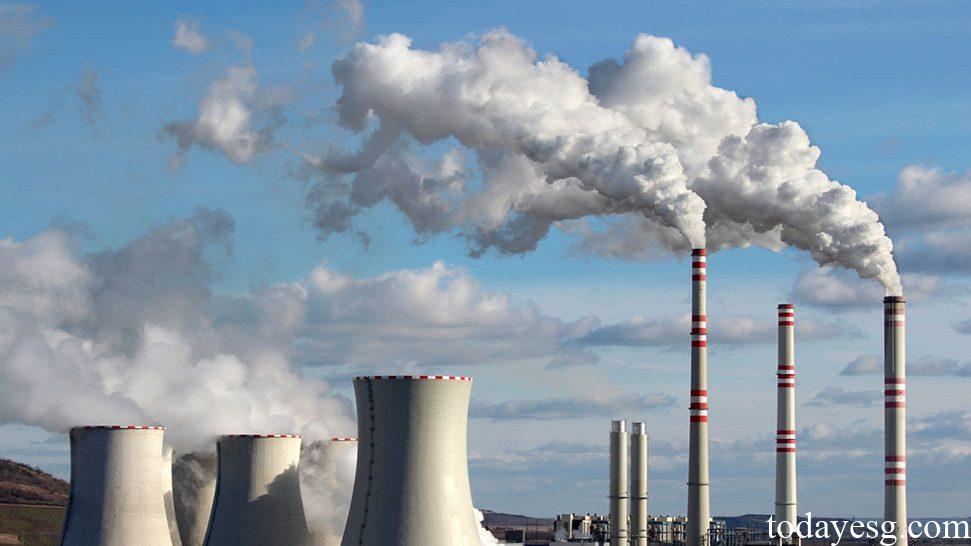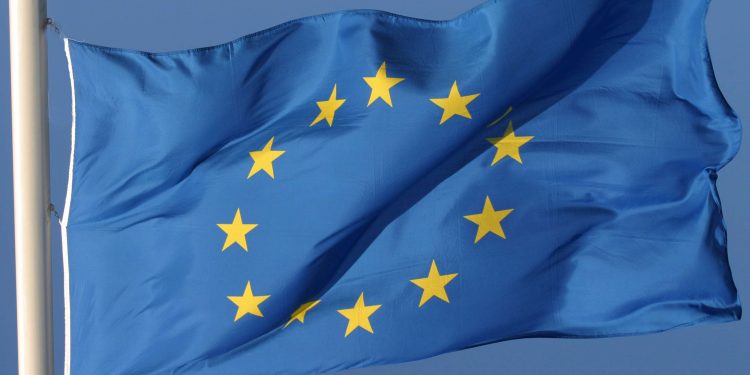EU 2040 Climate Target
The EU plans to set 2040 climate target, aiming to establish a second medium-term goal based on EU Climate Law and strive to make Europe the world’s first climate-neutral continent by 2050.
The EU has set a mid-term goal of reducing greenhouse gas emissions by 55% in 2030. Setting a 2040 climate target will help the EU allocate resources in a sustainable direction and develop a net-zero path that is in line with the Paris Agreement’s warming goals.
Related Post: EU Deploys Revenues from Emission Trading System
Background on EU 2040 Climate Target
The COP28 meeting mentioned the need for countries to take additional climate action to limit global warming to 1.5 degrees Celsius. Specifically, global greenhouse gas emissions need to be reduced by 43% in 2030 and 50% in 2035 (using 2019 as the base year), and renewable energy production and energy efficiency doubled in 2030.
As an important global economy, the EU is already at the forefront of global climate actions. The EU has released the Carbon Border Adjustment Mechanism (CBAM) to encourage countries to reduce carbon emissions and established a working group to help other countries develop carbon pricing mechanisms. The European Investment Bank has become the largest contributor to public climate finance in developing economies, providing €28.5 billion in 2022 to support the net-zero transition. The EU has also established green partnerships with many countries around the world to jointly achieve climate neutrality goals.
The 2040 climate target will serve as the basis for the EU’s Nationally Determined Contribution (NDC) and provide new adjustments to the EU’s 2035 net-zero plan.

Contents of EU 2040 Climate Target
The climate goal proposed by the EU this time is to reduce greenhouse gas emissions by 90% in 2040 (using 1990 as the base year). That is, greenhouse gas emissions in 2040 should be less than 8.5 million tons of carbon dioxide, and the scale of carbon removal should reach 4 million tons of carbon dioxide. At the same time, fossil energy consumption is expected to decrease by 80%. The realization of the 2040 climate goal depends on the smooth implementation of the 2030 EU climate and energy framework. Therefore, the EU also needs to formulate a 2030 energy and climate framework to achieve a just transition and competitive sustainability of the European Green Deal.
To achieve climate target, EU needs to adopt renewable energy technologies to drive decarbonization, such as fully decarbonizing the electricity system and reducing emissions by 80% in the transport sector. The EU also needs to deploy carbon capture projects sooner to sequester carbon emissions from industry in biomass and soil. The EU has developed an Industrial Carbon Management Communication to make recommendations on relevant policies and investments.
Benefits of Setting 2040 Climate Target
The EU believes that setting 2040 climate target in a timely manner can provide investors, consumers, enterprises, and regulators with the necessary information to help them make correct decision. For example, meeting climate goals requires large-scale investment and the application of carbon-intensive technologies, which can send a clear signal to companies and encourage them to innovate in clean energy technologies. At the same time, green technology talents can also seek job opportunities in the market. The EU believes that in clean technology manufacturing alone, the market size will triple from the current level in 2030, reaching US$650 billion.
Setting climate target, in addition to strengthening the EU’s technological leadership, would also reduce the impact of fossil fuel price shocks and supply chain fluctuations. The EU estimates that achieving climate target can reduce fossil fuel import costs by US$2.8 trillion in the next two decades, while avoiding the impact of climate change on the environment and biodiversity, maintaining climate-friendly economic growth, and contributing to the realization of a green Europe.
Reference:








